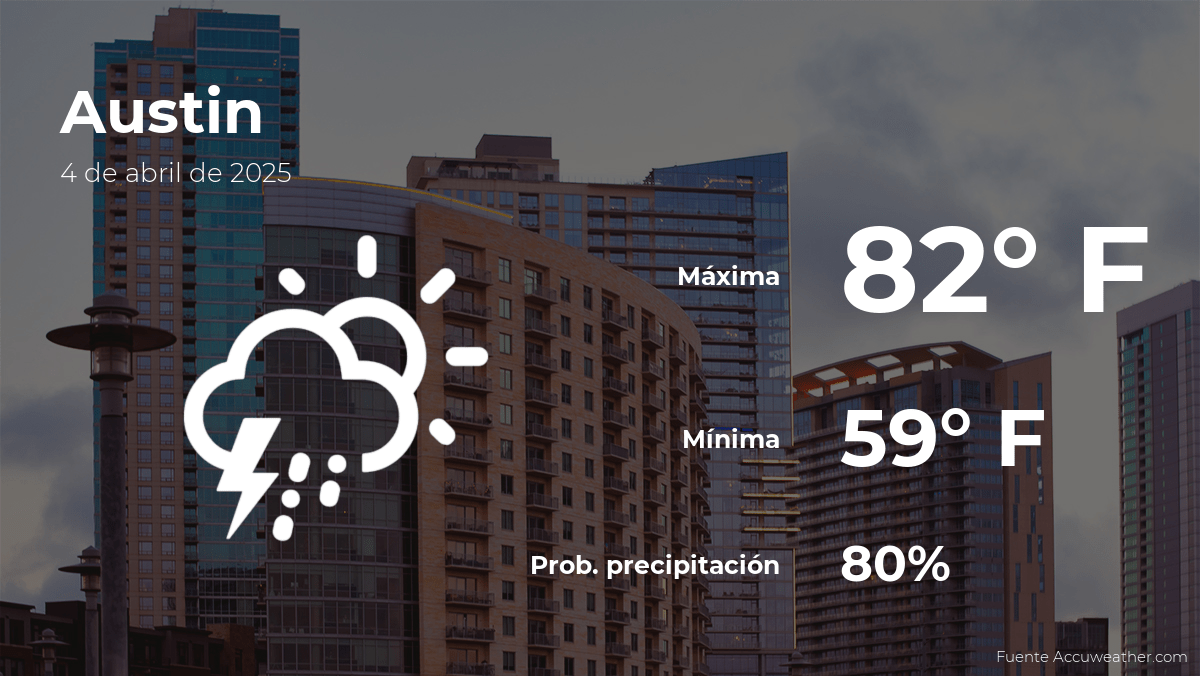Arkansas Tornado Strikes: Unraveling the Extreme Weather Phenomenon
A destructive tornado tore through central Arkansas on [insert recent date], leaving a trail of devastation and raising urgent questions about the intensification of extreme weather events. The twister, with estimated winds exceeding 130 mph, damaged dozens of homes, uprooted trees, and injured multiple residents near Little Rock. Meteorologists attribute this outbreak to an unstable atmospheric collision of warm Gulf moisture and a strong cold front—a pattern becoming increasingly common in recent years.
Ground Zero: Assessing the Immediate Impact
Emergency responders worked through the night after the EF-2 tornado carved a 15-mile path through Pulaski County. Preliminary damage assessments reveal:
- 50+ structures severely damaged or destroyed
- 12 confirmed injuries, including 2 critical
- 5,000+ residents temporarily without power
“This tornado developed with frightening speed,” said National Weather Service meteorologist Dr. Elena Rodriguez. “From first radar indication to touchdown was less than 18 minutes—well below the national average warning time of 28 minutes.” The rapid intensification left many residents scrambling for shelter as the roaring winds shattered windows and sent debris flying through neighborhoods.
The Climate Connection: Why Arkansas Faces Increased Tornado Risks
While tornadoes aren’t uncommon in Arkansas—averaging 33 annually—their behavior is changing. Climate scientists point to three concerning trends:
- Longer season: The traditional March-June tornado window now extends into February and November
- Eastward shift: Tornado frequency has increased 25% in the Mid-South since 2000
- Urban impacts: 6 of Arkansas’ 10 costliest tornadoes have occurred since 2010
Dr. Marcus Webb, atmospheric researcher at the University of Arkansas, explains: “Warmer winters create more low-level moisture, while stronger jet streams provide wind shear. It’s like loading the dice for severe weather—we’re seeing more days where all the ingredients come together violently.”
Survivor Stories and Emergency Response Challenges
Local resident James Caldwell described the terror: “It sounded like a freight train hitting the house. Then the roof just… vanished.” His neighborhood now resembles a war zone, with splintered lumber protruding from the ground and cars flipped onto their sides.
Emergency management teams face compounding challenges:
- Cell tower damage hampering communication
- Gas leaks requiring immediate attention
- Flash flooding from torrential rains following the tornado
Arkansas Division of Emergency Management director Sarah Williamson noted: “We’re coordinating with FEMA, but the sheer frequency of these events is stretching local resources thin. Many first responders were still assisting with flood recovery from last month’s storms.”
Building Resilience: Preparing for the New Normal
As rebuilding begins, urban planners emphasize smarter construction:
- Mandating hurricane straps in roof-to-wall connections
- Expanding community storm shelters
- Implementing stricter zoning in high-risk corridors
Meanwhile, meteorologists urge residents to:
- Maintain multiple alert systems (NOAA radio, smartphone apps)
- Identify shelter spaces in advance
- Practice emergency drills twice yearly
“Complacency kills,” warns Dr. Rodriguez. “People think ‘It won’t happen to me’ until it does. With today’s climate, every Arkansas household needs a severe weather plan.”
Looking Ahead: Policy Changes and Climate Implications
The Arkansas tornado outbreak forms part of a disturbing national trend—the U.S. has experienced a 35% increase in billion-dollar weather disasters since 2010 compared to previous decades. Policymakers now face tough questions about:
- Updating building codes statewide
- Funding early warning system upgrades
- Addressing climate change contributors
As cleanup crews work amidst the rubble, scientists continue analyzing whether this event signals a permanent shift in tornado behavior or merely an extreme fluctuation. What remains undisputed is the urgent need for communities to adapt to increasingly volatile weather patterns.
Residents seeking assistance can contact the Arkansas Disaster Relief Fund at [insert number] or visit [insert website]. Volunteers are needed for debris removal and supply distribution—check local community boards for opportunities to help neighbors in need.
See more Your Daily Weather



